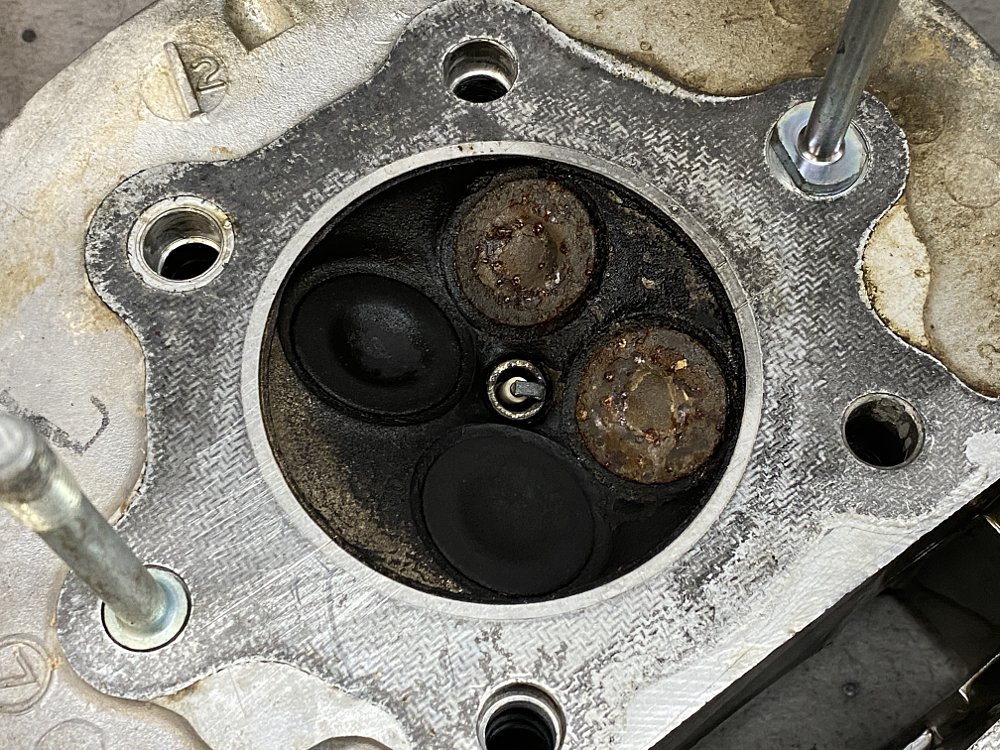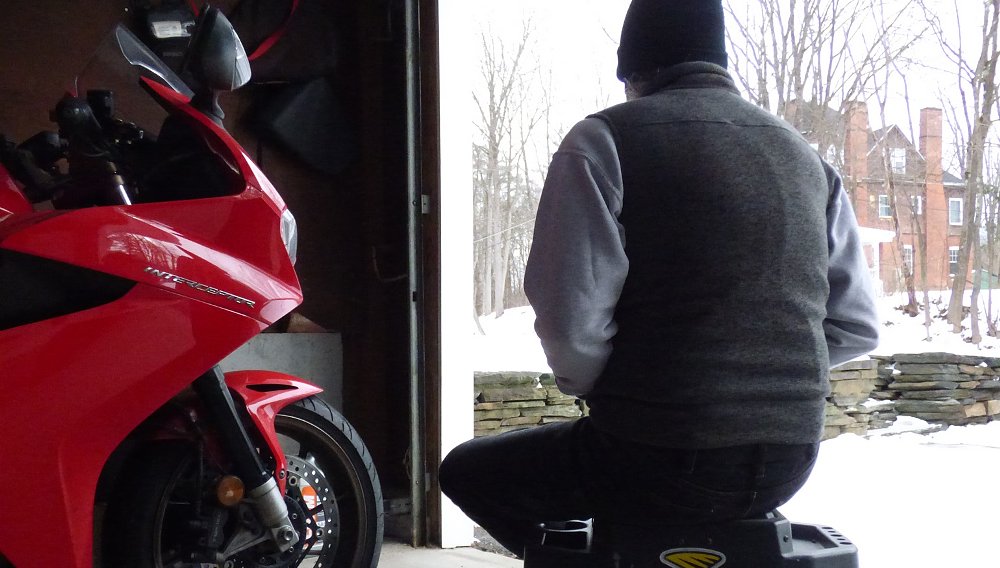Many riders believe that when your bike is in storage, starting it every month or maybe even every few weeks is a good idea to keep the battery charged, circulate oil so the engine is properly lubricated, and help keep the fuel system from gunking up.
Those all sound like good things, except they’re accompanied by a fairly serious problem: moisture.
You’ve probably noticed water dripping out of a car’s tailpipe at a stop light and we’ve all seen clouds of steam coming from the exhaust at startup on a cold day. That’s because when gasoline burns, the carbon and hydrogen atoms in the gas combine with oxygen in the air to produce carbon dioxide and dihydrogen monoxide, which is a fancy name for water.
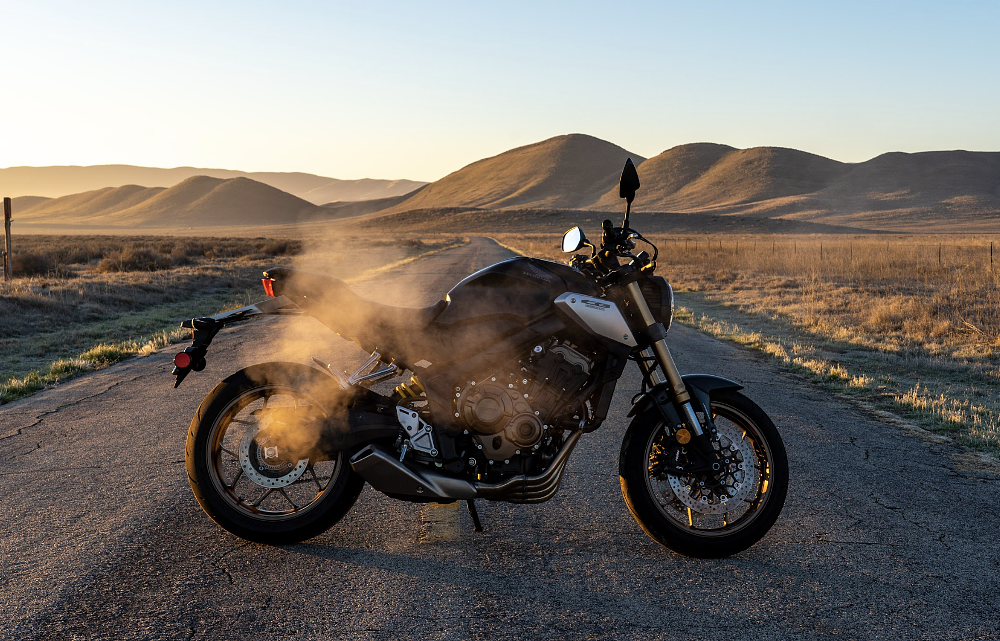
When the engine is still cool, that steam will condense into water and can cause all kinds of trouble, from rusting your valves and acidifying your oil to ruining your O2 sensors and corroding the exhaust.
If combustion creates all this water, then why isn’t it a concern during normal use? Because, when you actually ride the bike, putting the engine under load and revving it up, everything from the cylinder head on down to the drain plug and back to the muffler tip gets scorching hot, so the water vapor can't condense into a corrosive liquid.
However, when people start their bikes during winter storage, they usually only do it for a few minutes. Running the bike for a brief time doesn’t heat everything up enough to prevent condensation. It's equivalent to the type of short trip that most owner’s manuals classify as the “severe use” that dictates more frequent oil-changes.
But what about the battery, oil, and fuel problems that starting your bike is supposed to avoid? How do you deal with those?
The lubrication thing really isn’t an issue since oil is exceptionally good at sticking around and never really abandons a surface. Plus, cold startups are the most wear-intensive thing an engine can experience (during normal, non-CTXP operation), so why add unnecessary stress?
Gas going bad is a real concern, so you should fill your tank with fresh fuel and treat it with a stabilizer, which will keep it good for several months. Or just drain the tank. Siphon the fuel out and run the bike until it stalls for fuel-injected motorcycles, or drain the float bowls on carbureted bikes.
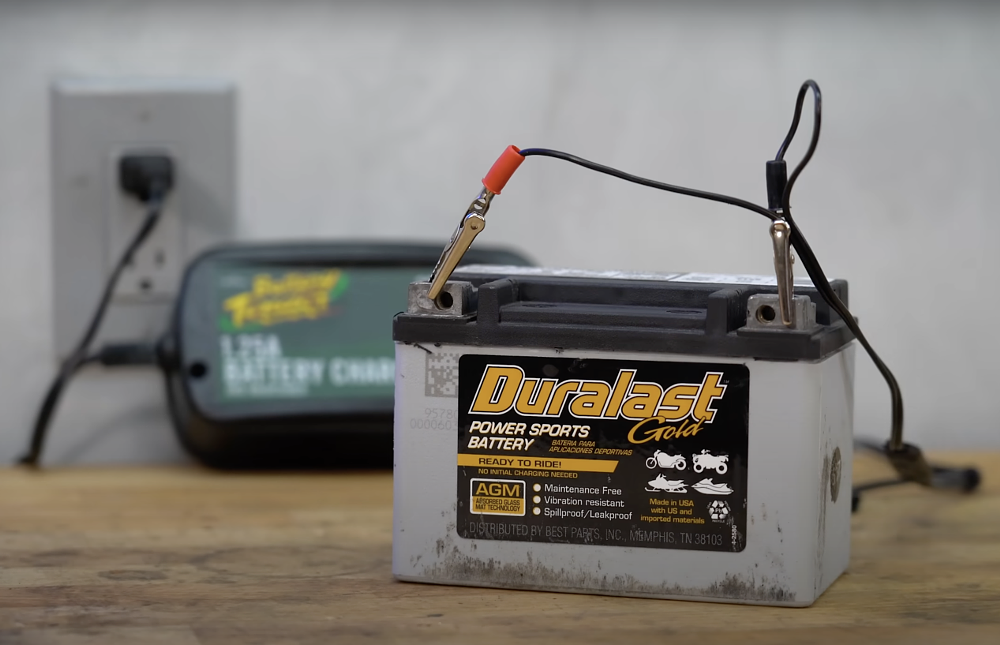
As for the battery, your best bet is to plug it into a battery maintainer, which will do a far better job of keeping the cells charged and conditioned than idling the bike ever will. If you don’t have power where you park your motorcycle, then pull the battery out and bring it to an outlet.
If running the bike is genuinely your only option or you’re just desperate to hear your baby purr while you pine for warmer weather, make sure you run the engine long enough to bring it up to full operating temperature. That means waiting until the clutch cover is too hot to touch. You’re trying to get the oil temp up over 212 degrees so it boils off moisture, and that could take a long time in a cold garage, even if you’re blipping the throttle to hear the exhaust bark.
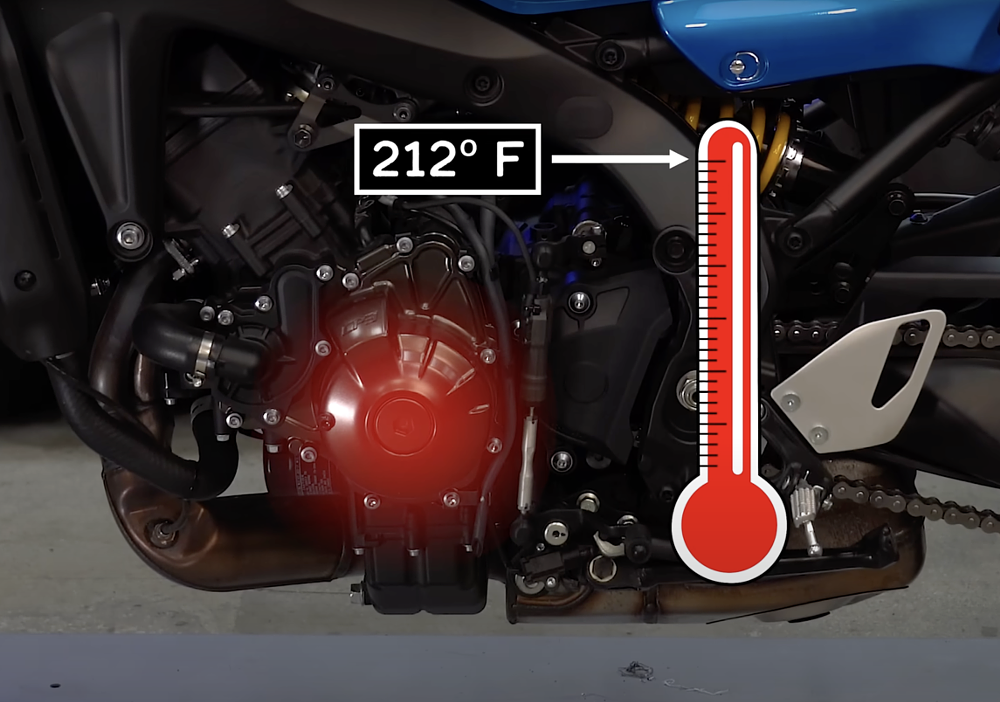
On the surface, starting the bike during storage sounds like a good idea, but the way most people go about it, it could be causing more harm than good. So as tempting as it is to exercise your bike during its winter nap, you’re much better off prepping the bike properly before storage and then just leaving it alone until you’re actually ready to ride it.





